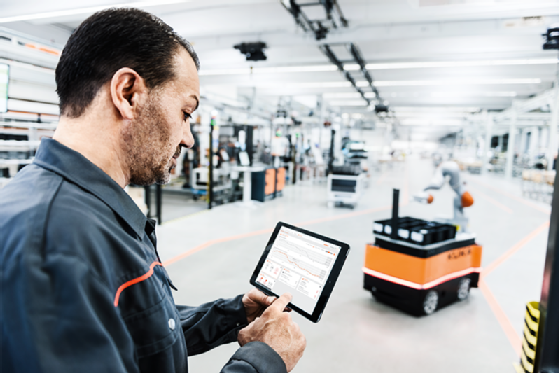IoT and robotics, evolving together
Bringing IoT to a factory floor is as much about robots as it is about any other class of device. Meanwhile, robots are more attractive in their own right because labor costs are rising globally. Although robotics for automation generally focuses on movement and manipulations, IoT and robotics involves a world of devices in the field -- devices that depend on electronic sensors and software .A lot of companies have outsourced for low-cost labor, but labor in China is going up in cost by 15% a year," said Jim Lawton, COO at Rethink Robotics Inc., a company that focuses on designing robots that work well with humans. In fact, he noted, almost every manufacturing company he has spoken with in recent years complains about the lack of labor; temporary help firms are hired to bring in workers and by lunch time, half of them are gone, he said.
"The average age of workers in manufacturing is 58 because it isn't a field millennials even think about," he added. As a result, companies are desperate to address the problem -- and despite capital costs and limits on the technology, they are increasingly investing in robotics for automation. In turn, those robotic investments are often matched and sometimes melded with investments in smarter, IoT-equipped factories.
"From where I sit, it is clear that all the major robotics companies are very involved in IoT efforts," said Jeff Burnstein, president of the Association for Advancing Automation, parent group of the Robotic Industries Association. For example, he said, robotics giant Fanuc is focusing on delivering zero-downtime robots that can alert management when a breakdown is imminent and better schedule their own maintenance. IoT sensors are the key to this emerging and important capability, he noted. Likewise, ABB, another big force in robotics, is emphasizing the future "digital factory," which builds on IoT capabilities integrated with robotic devices.
On the other hand, Burnstein added, smaller companies within the user community remain overwhelmed by both IoT and robotics and are still largely unsure about what to do.
Andy Chang, director of product marketing at Kuka Aktiengesellschaft, a German manufacturer of industrial robots and factory automation products, said the past 10 to 20 years have seen a gradual evolution for both automation and robotics. "Because of the new computation power and lower costs, we have sensors and actuators that can be more attainable for a much wider range of applications," Chang said. That is often combined with the rise of the internet and the ability to adopt internet-specific functionality and feature sets like cloud and mobile. "We see now a tremendous opportunity for the industry in general to leverage these key technologies," he added.
Chang said the company's operation in Texas, particularly, has been focusing on cloud, web and mobile to augment mechanical and mechatronic technologies and better use IoT. The company has recently launched its first connected robot products, called Kuka Connect, "bringing the technology to the masses in the industrial and research space," he said. As the company describes it, Kuka Connect is a cloud-based software platform that allows customers to access and analyze their robots' data on any device.
"The way we see it, robots are really part of the internet of things," said Tom Galluzzo, founder and CEO of IAM Robotics, which makes "the world's first fully autonomous mobile manipulation robot for supply chain and industrial material handling.


Comments